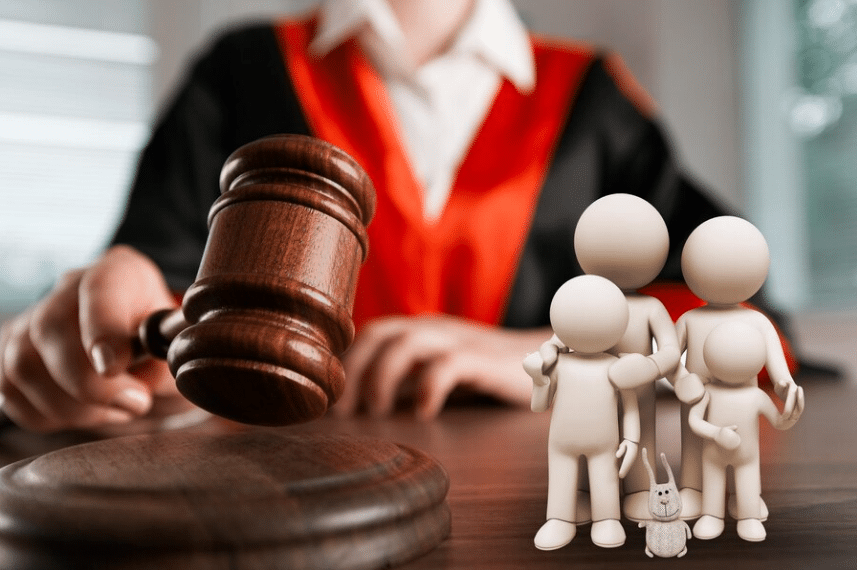Applying For Full Custody of A Child
Understanding family law is crucial when navigating the process of getting full custody of a child. In Australia, the Family Law Act 1975 governs these matters, and it’s essential to familiarise yourself with its provisions.
Key takeaways 
- The Family Law Act 1975 in Australia governs child custody matters. The law assumes it’s in the child’s best interests for parents to have equal shared parental responsibility.
- There are circumstances where one parent may seek an application for sole parental responsibility, also known as ‘full custody’. This can be achieved either by agreement between the parents or through a court order.
- Parents can organise their agreement on parenting arrangements with a ‘parenting plan’ or apply for a ‘consent order’ from the Court.
- One parent may object to the other parent having sole custody. The parent seeking sole custody must apply to the Family Court for parenting orders. The Court considers various factors, with the child’s best interests paramount.
- Applying for sole custody of children can be emotionally challenging and legally complex. Legal advice and support is essential.
Equal shared parental responsibility
Firstly, it’s essential to understand the concept of ‘parental responsibility’. Under the Family Law Act, parental responsibility is the parents’ duties and authority over their children. The law assumes that it’s in the child’s best interests for parents to have shared equal parental responsibility. This means both parents should have a say in the significant long-term decisions about a child’s upbringing. These decisions may include education, health, and religion.
How to get sole parental responsibility?
However, there are circumstances where one parent seeks sole parental responsibility. This can be organised in two ways: by agreement between the parents or through a court order from the Family Court.
When parents agree on parenting arrangements, they can organise their agreement with a ‘parenting plan’. They may also apply for a ‘consent order‘ from the Court. A parenting plan is a written agreement that sets out parenting arrangements for children. It’s not legally enforceable but can have legal implications if not followed. On the other hand, a consent order is a written agreement approved by the Court, making it a legally binding document.
Family Court proceedings
One parent may object to the other party having sole custody. The parent seeking sole custody must apply to the Family Court for parenting orders. The Court will consider various factors, with the child’s best interests paramount. A parenting order will only grant sole parental responsibility if it’s in the child’s best interests.
The Court may consider factors such as any history of family violence or risk of physical or psychological harm to the child. The Court also considers the benefit to the child of having a meaningful relationship with both parents. The Court also considers the likely effect of changes in the child’s circumstances, among other things.
It’s important to note that the Court prefers not to order sole parental responsibility unless there are reasonable grounds to do so. The Court believes that children benefit from a meaningful relationship with both parents. However, this is only appropriate if it’s safe.

Seek legal advice
Seeking legal advice before starting any legal proceedings is crucial. Family lawyers can provide guidance tailored to your situation. They will help you understand your rights and responsibilities under the Family Law Act.
Remember, every family’s situation is unique, and what works for one family may not work for another. Applying for full custody can be emotionally challenging and legally complex. Therefore, obtaining legal advice and support is essential throughout the process.
Conclusion
Applying for full custody involves understanding the concept of parental responsibility. Seeking sole parental responsibility by agreement and how to receive sole custody from the Family Court if the other parent objects is also important. It’s a complex process that requires an understanding of the Family Law Act with the assistance of a family lawyer.
Shanahan Family Law is here to help. We have a wealth of experience working on child custody cases. We can ensure you understand your rights and obligations. Contact us today for an initial free discovery call.

